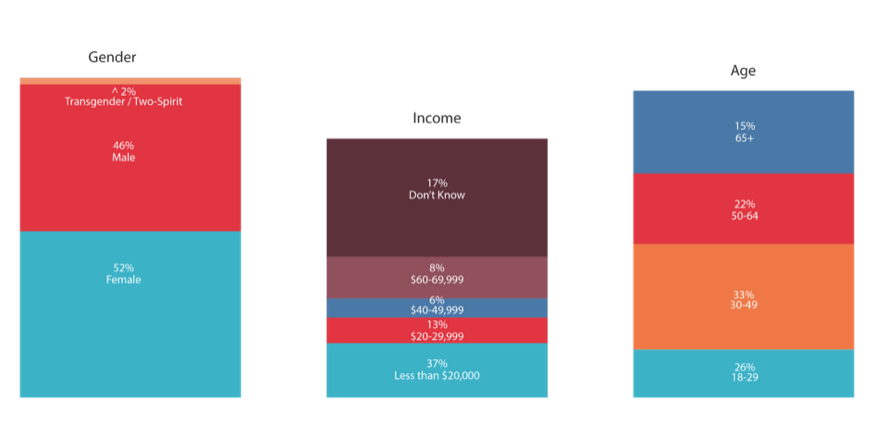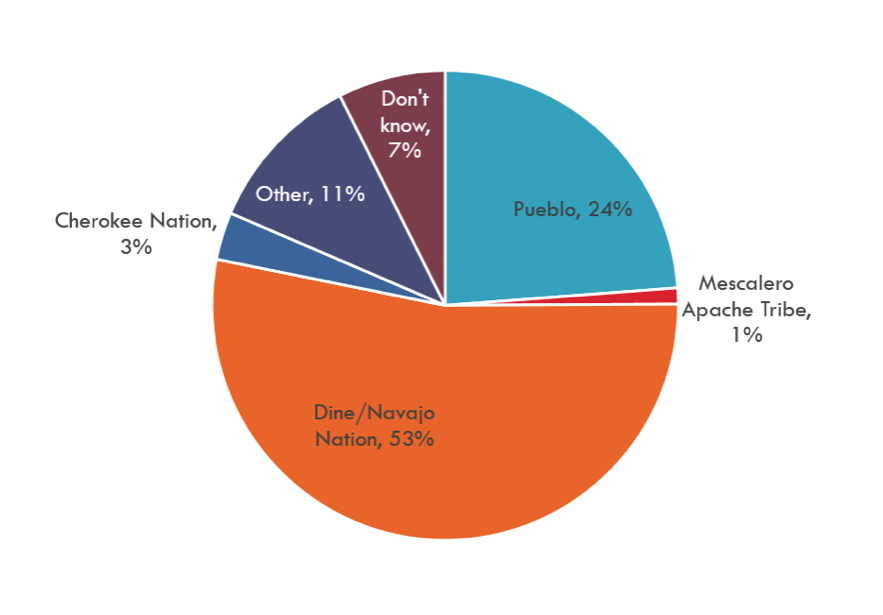BREAKING NEWS:
Groundbreaking Report Highlights How CPCs Are Breaching Data Privacy of Pregnant People for the Anti-Abortion Movement
The Alliance is re-issuing our groundbreaking 2021 report, Designed to Deceive: A Study of the Crisis Pregnancy Center Industry in Nine States, with an urgent warning about the role of the newly expanded crisis pregnancy center (CPC) industry, is poised to play in the post-Roe United States.
Learn More about what our lawmakers and communities can do to protect pregnant people’s health and wellbeing.
The Southwest Women’s Law Center is committed to keeping women and girls in New Mexico safe and healthy. Please make a gift today and help us continue our important work, such as preventing pregnant people from being surveilled. Thank you!










